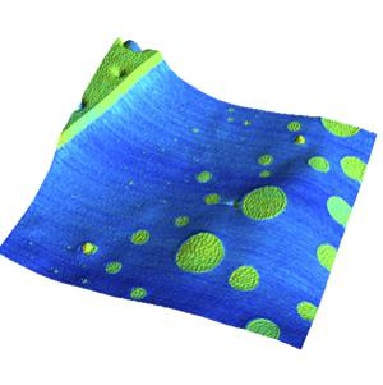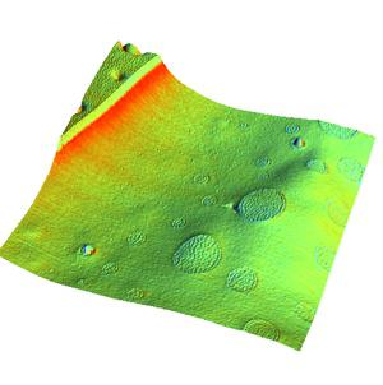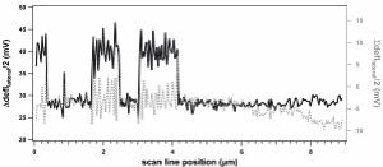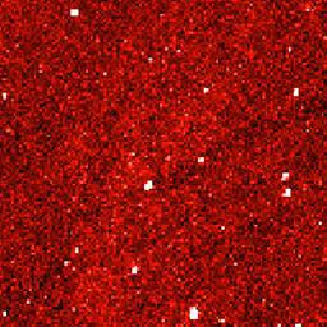Atomic Force Microscope
5 résultats affichés
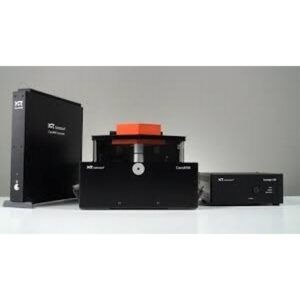
Nanosurf – CoreAFM
La meilleure recherche AFM
- Recherchez l'AFM à un prix compétitif
- Système intégré avec un faible encombrement
- 33 modes et fonctions
- Manipulation facile

Nanosurf – Flex-Axiom — AFM for materials research
Versatility, performance and seamless application extensions
- Easy to use and high performance
- High resolution and low-noise design
- Modes and accessories to handle all your research needs
- Extremely modular to keep you productive
- Upgradable for life science and operation on large stages
Applications
- Imaging of samples in air and liquid
- Advanced mechanical, electrical and magnetical modes
- Electrochemical AFM
- Environmental control
- Scanning thermal microscopy and nano thermal analysis (SThM and Nano-TA)
- Advanced force spectroscopy
Lateral force microscopy on polystyrene-polybutadiene blend
The lateral force imaging mode was used to image local friction differences between the two polymers
Polystyrene and polybutadiene are shown to have quite different surface propertiesElectrochemical AFM
This report demonstrates the capability of the FlexAFM in studies of charged solid-liquid interfaces
In order to carry out electrochemical(in-situ)AFM experiments, a conductive sample was mounted in an electrochemical liquid cell and connected to a lab-build bipotentiostat. We employed Clavilier-type Au(111) single crystal bead crystal electrodes with facets of micrometer-wide terraces. As examples, we studied the lifting of the Au(111)-(pxV3)reconstruction, surface oxidation as well as the growth and dissolution of copper clusters in sulfuric acid solution.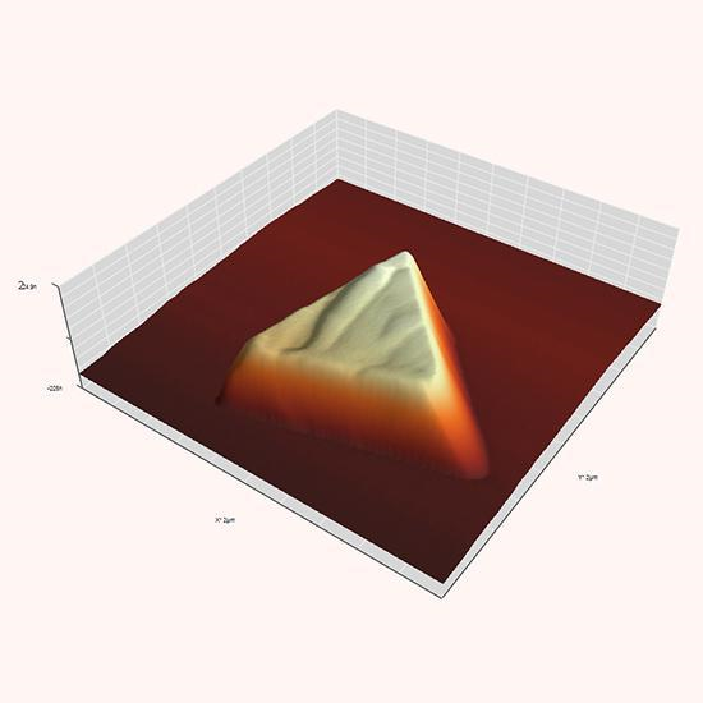
3D Copper cluster grown on Au(111)
KPFM using the Nanosurf FlexAFM
Kelvin probe force microscopy imaging
Kelvin Probe Force Microscopy (KPFM) is an extension of AFM. The technique was first published in 1991 by Nonnenmacher and coworkers. Using KPFM, images can be recorded that contain information on the local work function or local contact potential difference between tip and sample. Although all Nanite systems with an SPM S200 controller and all current Easyscan 2 AFM systems are in principle capable of performing KPFM, the FlexAFM has demonstrated best KPFM performance and is therefore the instrument of choice for this type of measurement. For a detailed description of requirements and procedures, please contact Nanosurf support.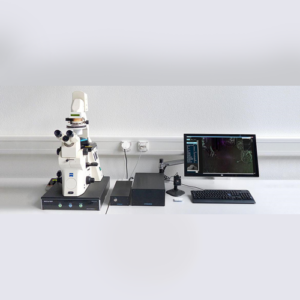
Nanosurf – FluidFM — Nano and cell manipulation
L'outil microfluidique pour
la nanomanipulation et la biologie unicellulaire
La microscopie à sonde FluidFM (FPM) combine la sensibilité à la force et la précision de position d'un AFM avec la technologie FluidFM de Cytosurge pour permettre toute une gamme d'applications passionnantes en biologie unicellulaire et en nanosciences. Nanosurf possède la plus longue expérience dans la fourniture de systèmes AFM avec le module complémentaire FluidFM ® , en tant que partenaire de coopération initial de Cytosurge pour cette technologie innovante - le système FlexAFM avec FluidFM ® a été lancé en 2013. Les modules complémentaires FluidFM sont disponibles pour les plates-formes FlexAFM et CoreAFM et une solution FPM intégrée unique sur le FlexAFM. [media-downloader media_id="835" texts="Click here for details"]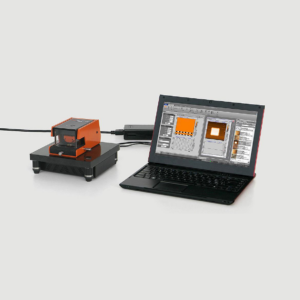
Nanosurf – NaioAFM — AFM for small samples
All-in-one atomic force microscope for small samples and nanoeducation
The NaioAFM is the ideal atomic force microscope for nanoeducation and small sample measurements. This all-in-one AFM system provides solid performance and easy handling, with a price tag and footprint that fit anyone and any place.- Ready-to-use, table-top AFM.
- Controller, scan head, airflow shielding, vibration isolation, camera, and sample positioning integrated into a single device.
- All standard AFM operating modes available.
- Integrated controller, XY-table, airflow shielding, and vibration isolation.
- High resolution top view camera and side view sample observation built in.
- No system setup needed: just plug into your PC and start the software.
- Simple cantilever exchange: no adjustment required.
- User-friendly software wizards quickly prepare measurement parameters.
- Very competitive pricing.
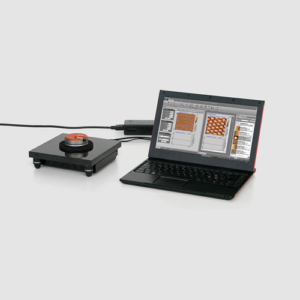
Nanosurf – NaioSTM — STM for nanoeducation
- Atomic resolution in minutes.
- Extremely simple handling and reliable operation.
- Controller and scan head integrated into a single device: just connect USB and power.

